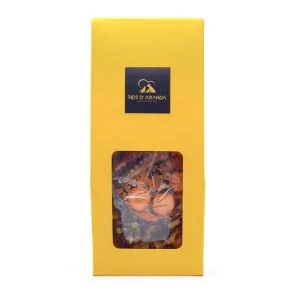Its name says it all: the Vienna blue rabbit comes from Austria. Not only is it beautiful with its shiny blue-grey...
THE BEST RABBIT BREEDS FOR THERAPY
INTRODUCTION
Animal mediation, or zootherapy, is a therapeutic method that consists of using the proximity and contact of a companion animal to help people in difficulty (stress, family problems, post-operative problems, etc.). More specifically, rabbit therapy involves the presence of one or more rabbits.
RABBIT-ASSISTED THERAPY
The inclusion of animals for therapeutic purposes in therapy is becoming more and more frequent. There are numerous studies and theories that support the many positive effects and benefits derived from the relationship between humans and animals.
Contact with pets reduces cortisol levels in the blood, which are responsible for stress, and helps to increase seratonin and endorphin levels, thus increasing well-being and relaxation.
Animal Assisted Therapies work in 4 main areas, ‘The physical area, because we need people to move or move around; the cognitive area, because we work on activities that strengthen their memory; the emotional area, because we encourage their emotions and feelings to surface; and finally the relational and language area, because we want the animal to be a motivation to relate to their environment.
For centuries, animals have been trained and used to improve the emotional state of human beings. This use ranges from the company offered by the animals themselves, to the direct physical support that some species provide during rehabilitation processes. Rabbit therapy is a type of assisted therapy in which the support animal is a rabbit.
WHAT ARE THE BEST BREEDS OF RABBITS FOR THERAPY?
ENGLISH ANGORA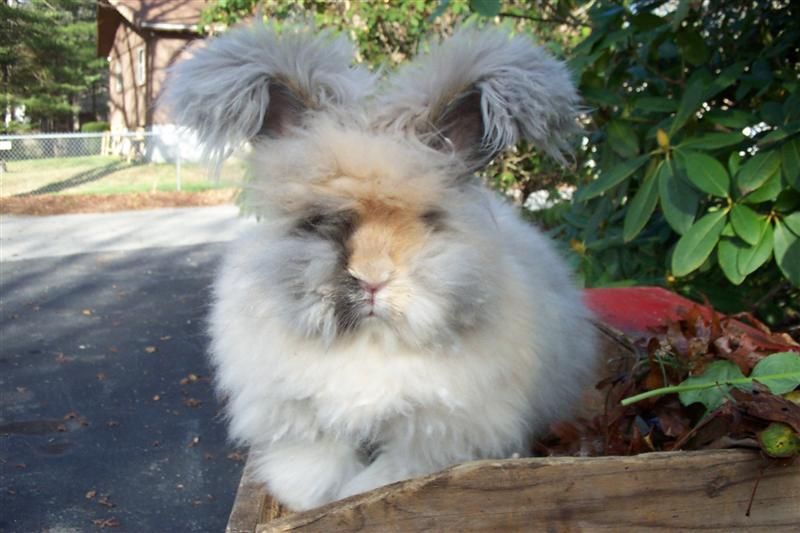
The Angora rabbit (especially the English) is one of the favourite breeds as a pet, having a special impact in France. Their sweet and friendly character, the beauty of their fur, how photogenic they are and how easy they are to keep as they can be sheared without fear of damaging the follicle or being visually unpleasant, make them an ideal choice for all owners or potential owners who are looking for a sociable, pretty and cheerful rabbit.
TEDDY LOP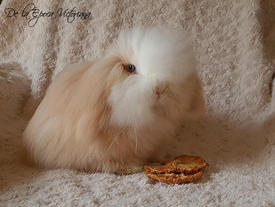
The Teddy Lop dwarf rabbit is one of the world's most exotic and minority dwarf breeds, a beautiful breed with a sweet personality whose population is mainly distributed in the United States, France, Spain and the Netherlands.
This breed of dwarf rabbit is one of those considered ‘endangered’ due to the few specialised breeders dedicated to it, which complicates the acquisition of good quality specimens (morphology and fur). In the United States it is a very popular breed (being known as ‘European Teddywidder’ and they themselves have developed a variant with a shorter body and greater quantity of wool using the Holland Lop, the Angora and the Lionhead, calling it ‘American Teddywidder’.
DWARF BELIER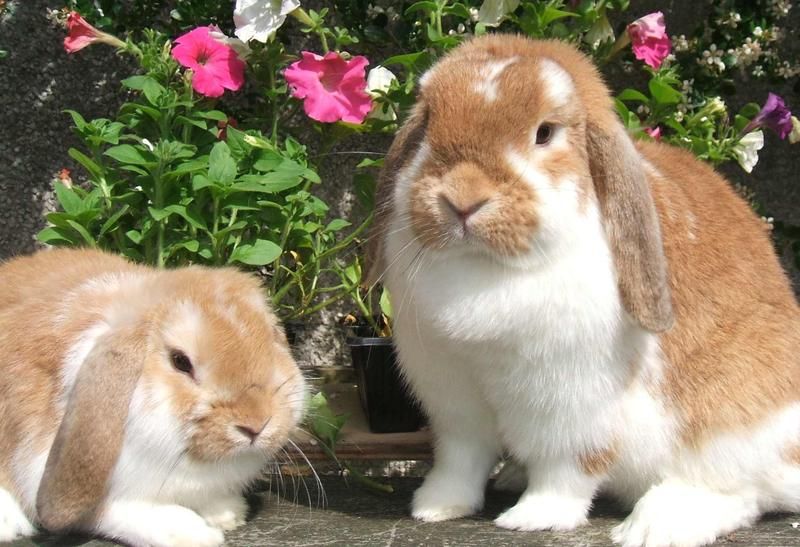
The Dwarf Belier (Dwarf Lop) is the largest and heaviest of all breeds of dwarf rabbits with an adult weight of 1,930kg-2,381kg and many times its name is used to deceive the population and sell mongrels which end up weighing 5 or 6 kilos, have strange physical characteristics or, simply, to name any rabbit which has one or both ears hanging down.
FRENCH BELIER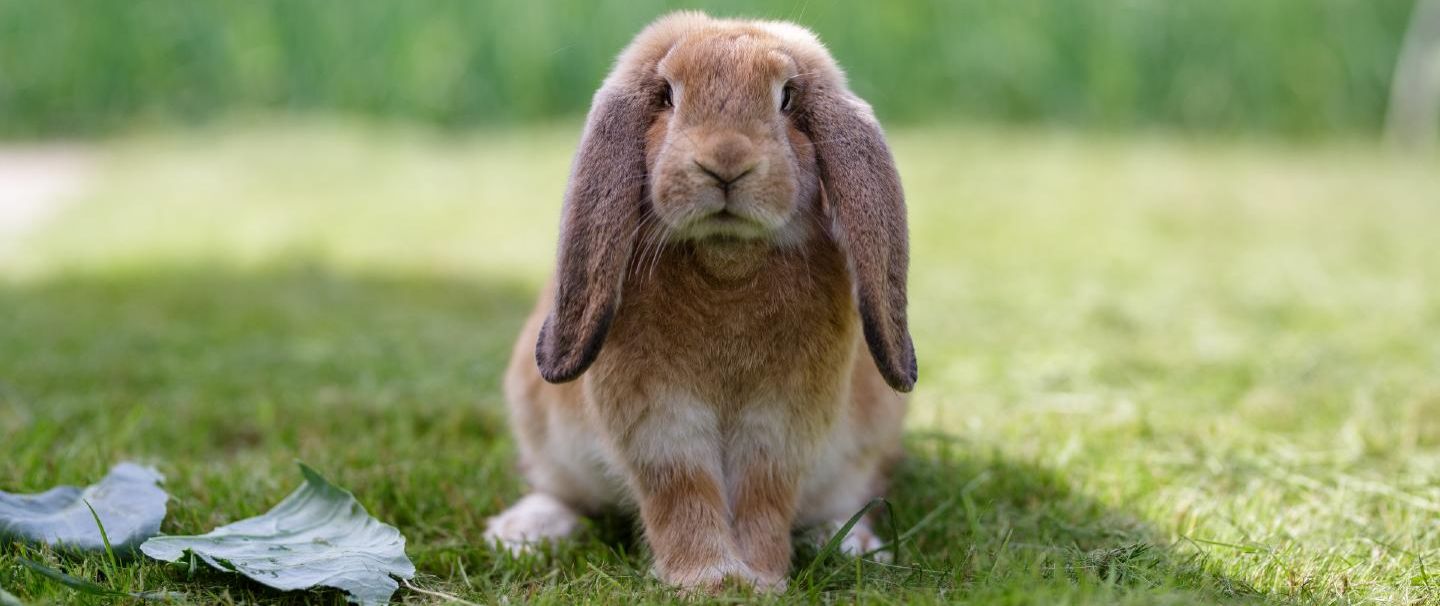
The French Lop is very similar to the English Lop, except that it does not have ears of such an exaggerated size. It appeared in France around 1850 and was the result of the union of two extinct breeds; this new breed became very popular in neighbouring countries, and was shown in a show for the first time around 1933, when they were exported to the UK. Their adult weight is 4.5kg.
REX RABBIT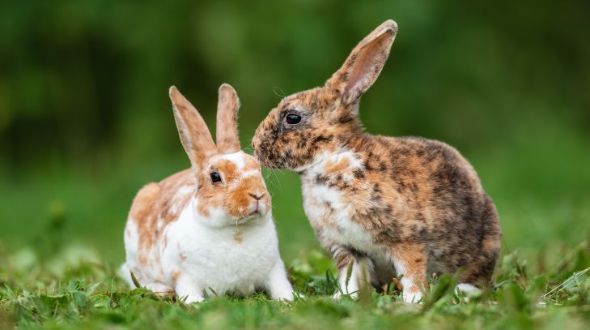
Cute, beautiful and extremely popular in the fashion world. The ‘Rex’ rabbit is one of the favourite breeds in countries such as Mexico and England, its sociable character and spectacular fur giving it the nickname of ‘King of the rabbits’. Both the ‘Rex’ and its dwarf variety (the ‘Mini Rex’) are one of the best allies for people with allergies who wish to live with a rabbit but whose ailments prevent them from doing so; their fur (especially short and minimal shedding) makes these superb breeds excellent choices, as the chances of them triggering an allergy attack are much lower than other breeds of rabbits.
THE IMPORTANCE OF GENETIC SELECTION
As with all animals intended for a specific function other than companionship (herding, guarding, rescue...) genetic selection plays an important role in animals intended for assisted therapy, even more so when we are talking about sensitive animals that are prey by nature.
The above mentioned breeds are predisposed to be calm, sociable and manageable breeds, they will accept petting and being held and their hormone levels (territoriality) tend to be rather low.
As always, we can find individuals that are the exception to the rule, but these are exceptional cases.
When we are looking for a therapy animal, one of the things we have to take into account is that the parents of the bunny should be friendly and have a gentle personality (as we mentioned before), as the mother is the first animal of the same species that will teach them how the world works and, if the mother allows herself to be held, approaches humans without problems and seeks their caresses, her offspring will imitate her.
ARE ALL RABBITS SUITABLE FOR THERAPY?
No, not all rabbits are suitable for assisted therapy. Those that are extremely nervous, territorial, very skittish or do not accept to be held in their arms are not suitable rabbits for this function.
BENEFITS OF THE RABBIT IN ASSISTED THERAPY
There are several characteristics and qualities which make the rabbit a good therapy animal. Among them we find:
- Small size.
- Intelligent and friendly with humans.
- Playful.
- Easy to socialise and handle.
- Good body communication to transmit its likes and dislikes.
- On the other hand, a strong bond can be created between rabbits and children, as the rabbit is a popular animal in childhood.
Children's literature is full of rabbits, so it is normal that children between the ages of 7 and 10 are attracted to these adorable animals. As a result, rabbit therapy can bring about very positive feelings in children and also improves their language and imagination. According to studies carried out in different children's hospitals, the rabbit is easily accepted by children with emotional or physical problems.
CONCLUSION
Rabbits are wonderful therapy animals, they may not be as interactive or as easy to train as dogs or miniature horses, but they can offer reassurance and beneficial distractions to patients (brushing their fur, petting them, feeding them...). Cunitherapy is little known, but as useful and fascinating as all the others.
Leave a comment
Log in to post comments




